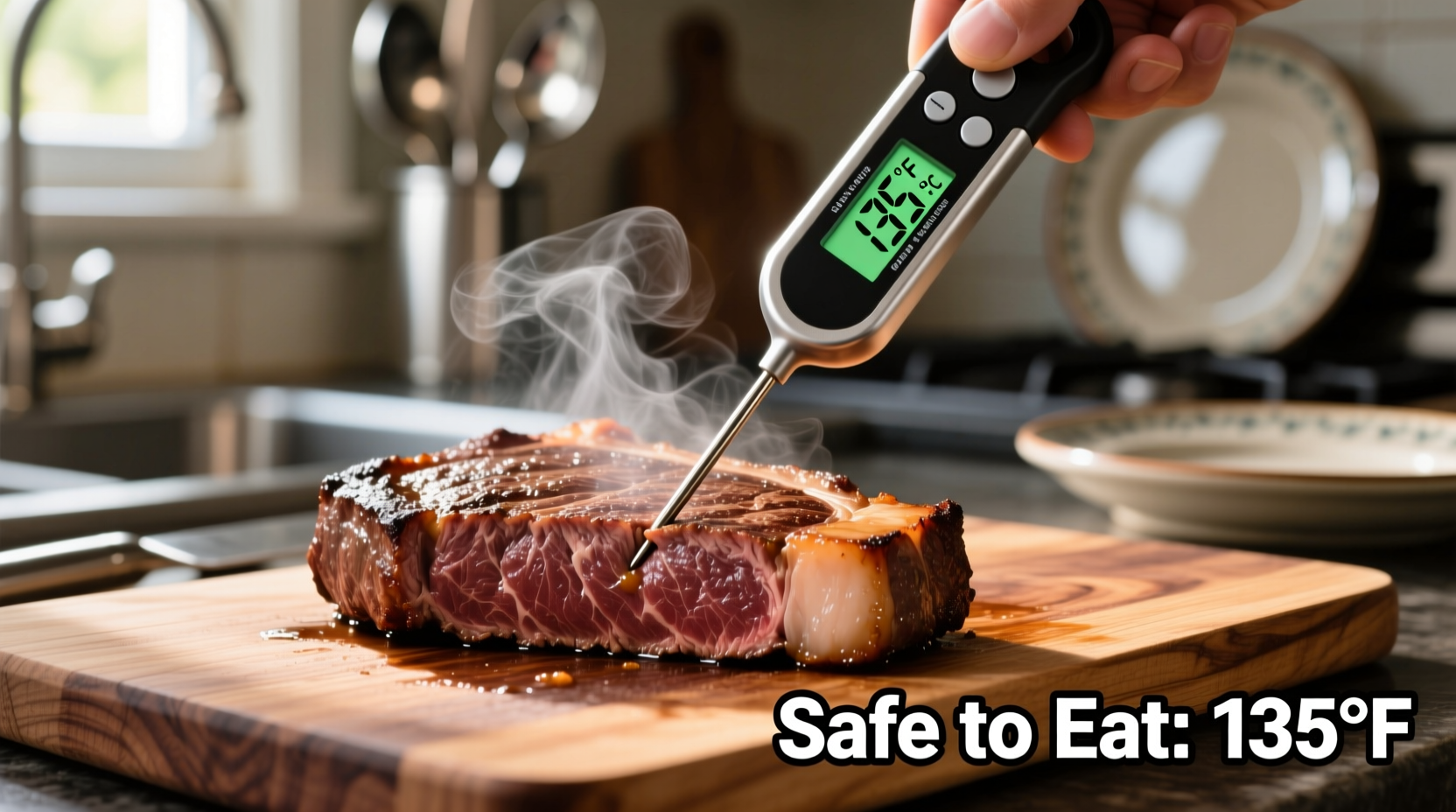That yogurt container passed its "best by" date three days ago. The bread's "sell by" date was yesterday. Should you toss it or is it still safe? Understanding what happens when you eat out-of-date food requires separating marketing labels from actual food safety science. Let's cut through the confusion with evidence-based guidance.
Decoding Food Date Labels: What They Really Mean
Most consumers mistakenly believe date labels indicate food safety, but in reality, they're primarily about quality. The U.S. Food and Drug Administration (FDA) explains that "best by," "sell by," and "use by" dates serve different purposes than most people assume. Unlike infant formula, which has strict expiration requirements, most food dates reflect when manufacturers believe products will taste or perform best.
| Date Label Type | Actual Meaning | True Safety Risk |
|---|---|---|
| "Best By" or "Best Before" | Peak flavor/quality period | Negligible if stored properly |
| "Sell By" | Store inventory management | None - designed for retailers |
| "Use By" | Last date for peak quality | Low if properly stored |
| No date (except infant formula) | Quality varies by product | Depends on storage conditions |
According to USDA Food Safety and Inspection Service guidelines, food product dating exists primarily to help consumers and retailers determine freshness, not safety. The only federally required expiration date is for infant formula, where nutrient degradation becomes a genuine health concern.
When Out-of-Date Food Becomes Dangerous
Eating expired food only becomes hazardous when pathogenic bacteria multiply to dangerous levels. Unlike spoilage bacteria (which cause unpleasant odors or textures but aren't harmful), pathogens like Salmonella, E. coli, and Listeria can grow without changing a food's appearance, smell, or taste. The Centers for Disease Control and Prevention (CDC) reports that foodborne pathogens cause 48 million illnesses annually in the United States, but most cases stem from improper handling rather than date violations.
High-risk scenarios include:
- Perishable foods left in the "danger zone" (40°F-140°F) for more than two hours
- Dented or bulging canned goods indicating possible botulism risk
- Foods with visible mold growth beyond surface level (like in soft cheeses)
- Previously cooked foods stored more than 3-4 days in refrigerator
Symptoms Timeline: What to Expect After Consuming Contaminated Food
If you've eaten food contaminated with pathogens, symptoms typically follow this progression:
- 2-6 hours: Rapid-onset symptoms from Staphylococcus aureus or Bacillus cereus (intense vomiting, stomach cramps)
- 12-72 hours: Most common foodborne illnesses like Salmonella or E. coli (fever, diarrhea, abdominal pain)
- 1-4 weeks: Listeriosis symptoms may appear (muscle aches, fever, sometimes gastrointestinal issues)
- Months later: Rare complications like Guillain-Barré syndrome from Campylobacter
According to FDA food safety experts, most healthy adults recover from foodborne illness within 4-7 days without medical intervention. However, certain populations face higher risks:
- Adults over 65
- Children under 5
- Pregnant women
- Immunocompromised individuals

Food-Specific Safety Guidelines
Not all expired foods pose equal risks. Understanding which items require strict date adherence versus those with generous safety margins is crucial for reducing food waste while maintaining safety.
High-Risk Items: Strict Date Adherence Needed
- Raw poultry: Consume within 1-2 days of "sell by" date; pathogens multiply rapidly
- Ground meats: Higher surface area increases contamination risk
- Prepared deli salads: May contain Listeria that grows in refrigeration
- Opened canned goods: Consume within 3-5 days; discard if bulging or leaking
Lower-Risk Items: Often Safe Beyond Dates
- Dry pasta: Safe indefinitely if stored properly (moisture is the real enemy)
- Canned goods: Generally safe for 2-5 years if undamaged and stored properly
- Hard cheeses: Can be consumed weeks past date if mold is properly trimmed
- Frozen foods: Remain safe indefinitely though quality degrades over time
What to Do If You Ate Questionable Food
Most people who consume slightly expired food experience no issues. However, if you're concerned about potential contamination:
- Don't panic: Remember that most date labels indicate quality, not safety
- Monitor for symptoms: Note when you ate the food and watch for illness signs
- Stay hydrated: If symptoms develop, focus on fluid replacement
- Seek medical help if:
- Symptoms last more than 3 days
- You experience high fever (over 102°F)
- Signs of dehydration appear (dizziness, reduced urination)
- You belong to a high-risk group
Practical Food Safety Strategies
Reduce both food waste and safety risks with these evidence-based practices:
- Trust your senses over dates: If dairy smells sour or meat has slimy texture, discard it regardless of date
- Master proper storage: Keep refrigerator at 40°F or below; freeze items you won't use soon
- Understand "danger zone": Never leave perishables at room temperature more than 2 hours (1 hour if above 90°F)
- Use first in, first out (FIFO): Rotate pantry items so older products get used first
- Learn food-specific timelines: USDA provides detailed storage recommendations for hundreds of food items
When Date Labels Actually Matter
While most date labels reflect quality rather than safety, certain products require strict adherence:
- Infant formula: Nutrient degradation affects baby's development
- Medical foods: For people with specific dietary needs
- Opened probiotic products: Live cultures diminish over time
- Products with strict "use by" dates: Some ready-to-eat meats and dairy products
Food safety researcher Dr. Benjamin Chapman from North Carolina State University emphasizes that "the date on the package is just one piece of the food safety puzzle". Proper handling, storage, and preparation practices significantly impact whether food remains safe beyond labeled dates.











 浙公网安备
33010002000092号
浙公网安备
33010002000092号 浙B2-20120091-4
浙B2-20120091-4